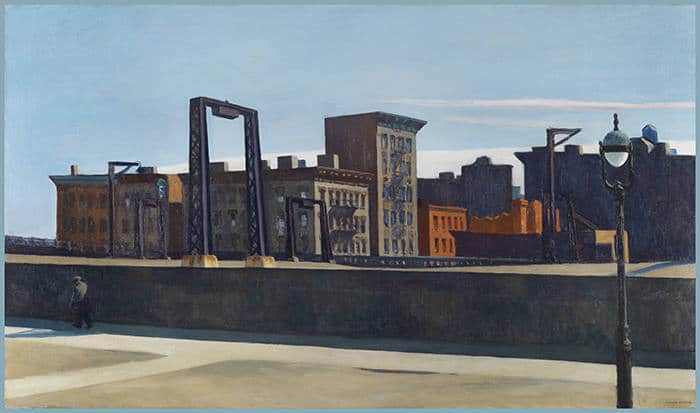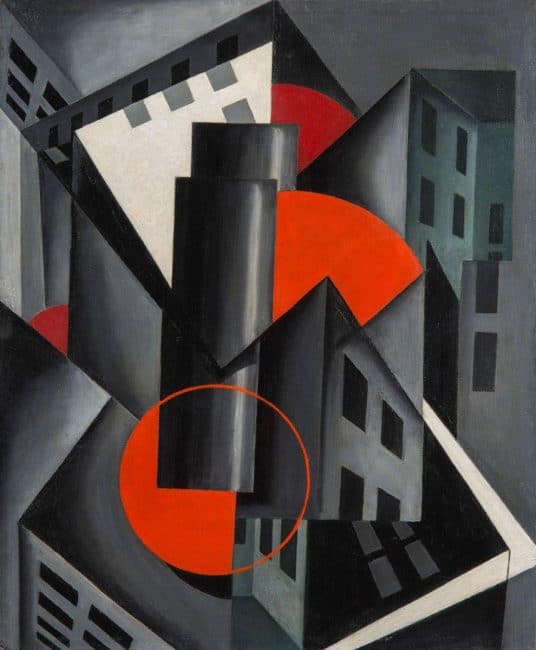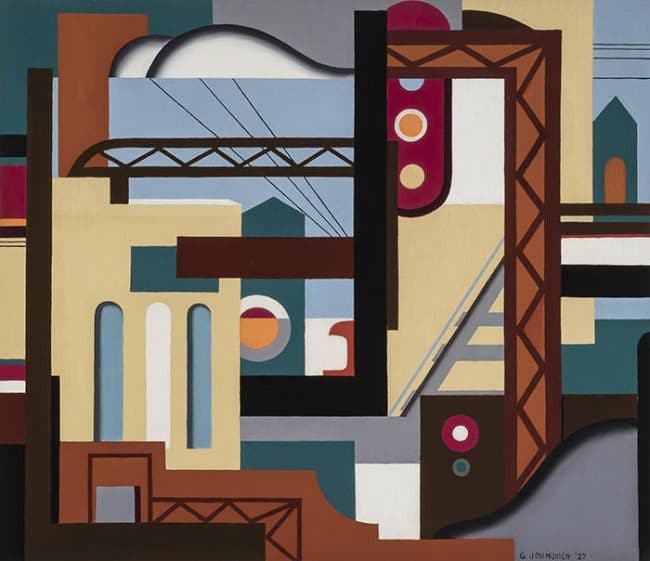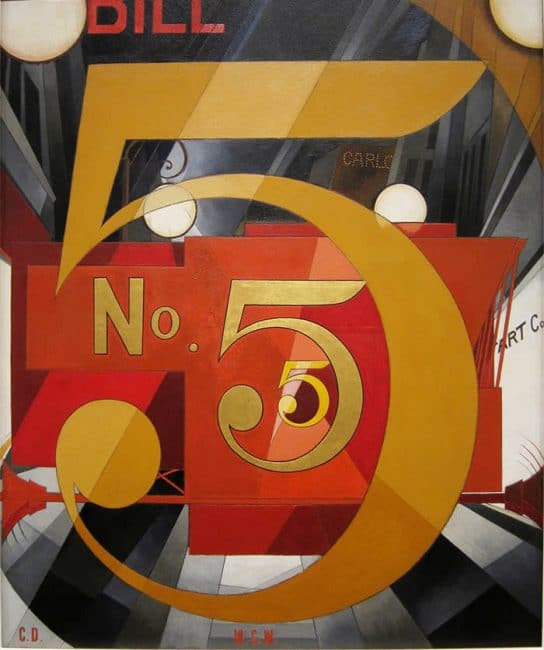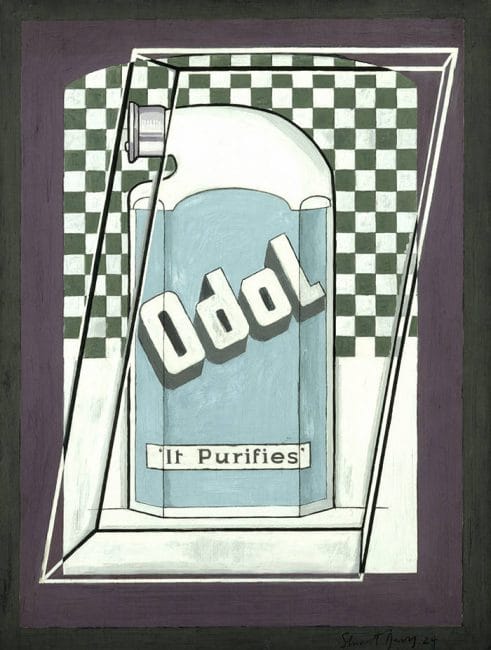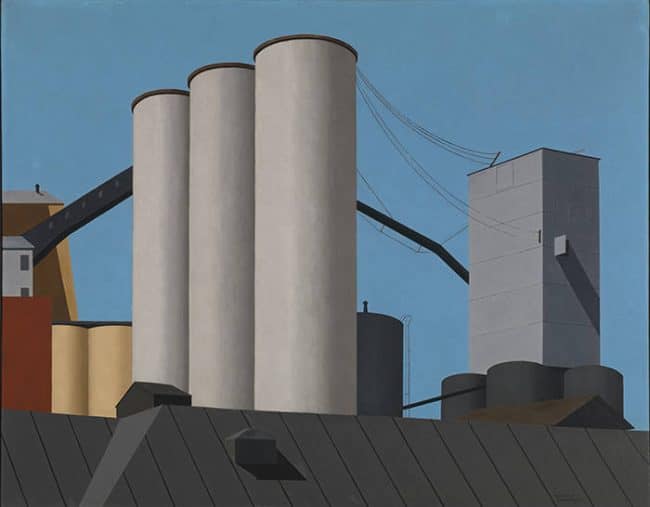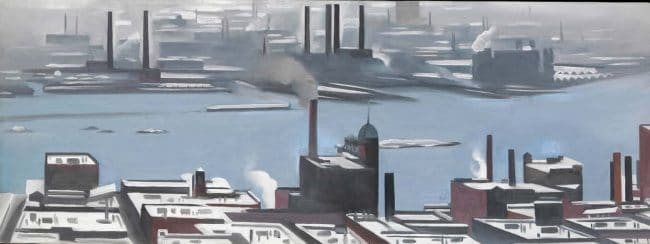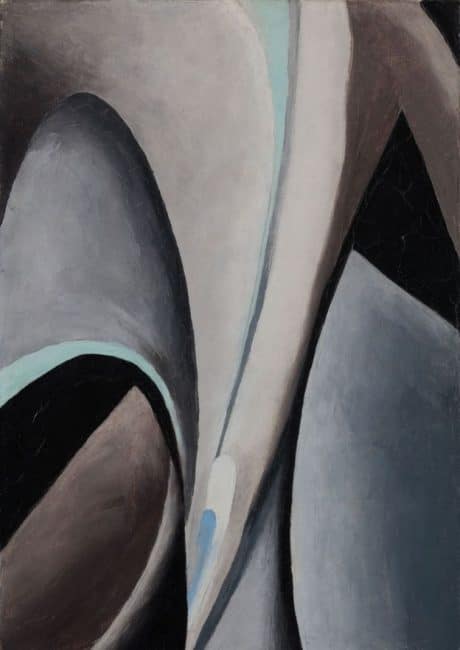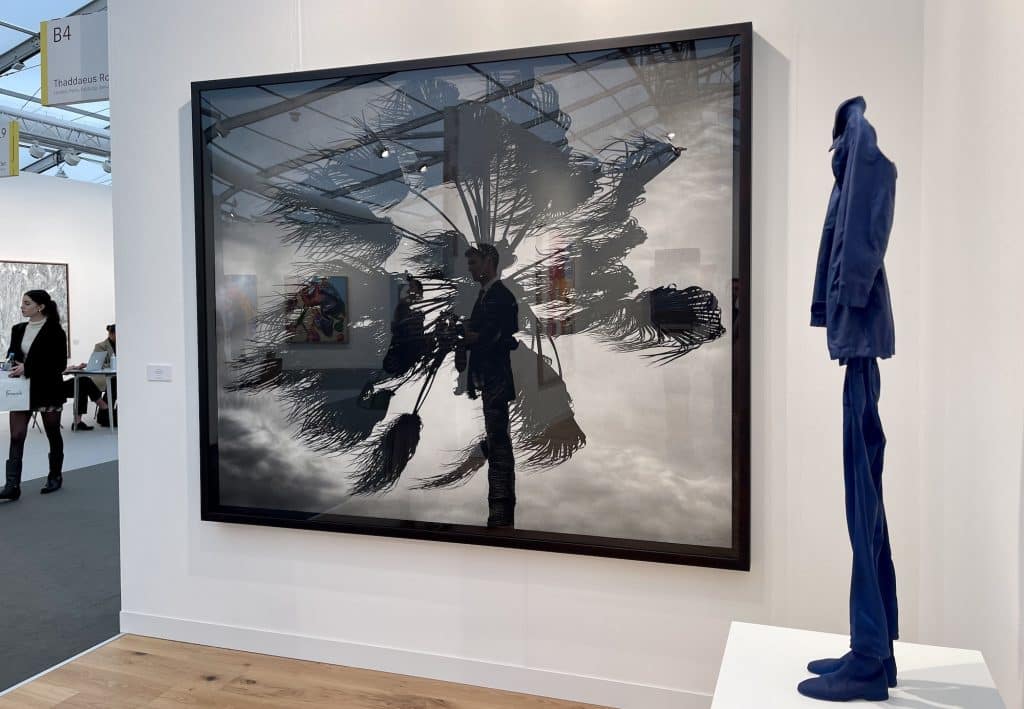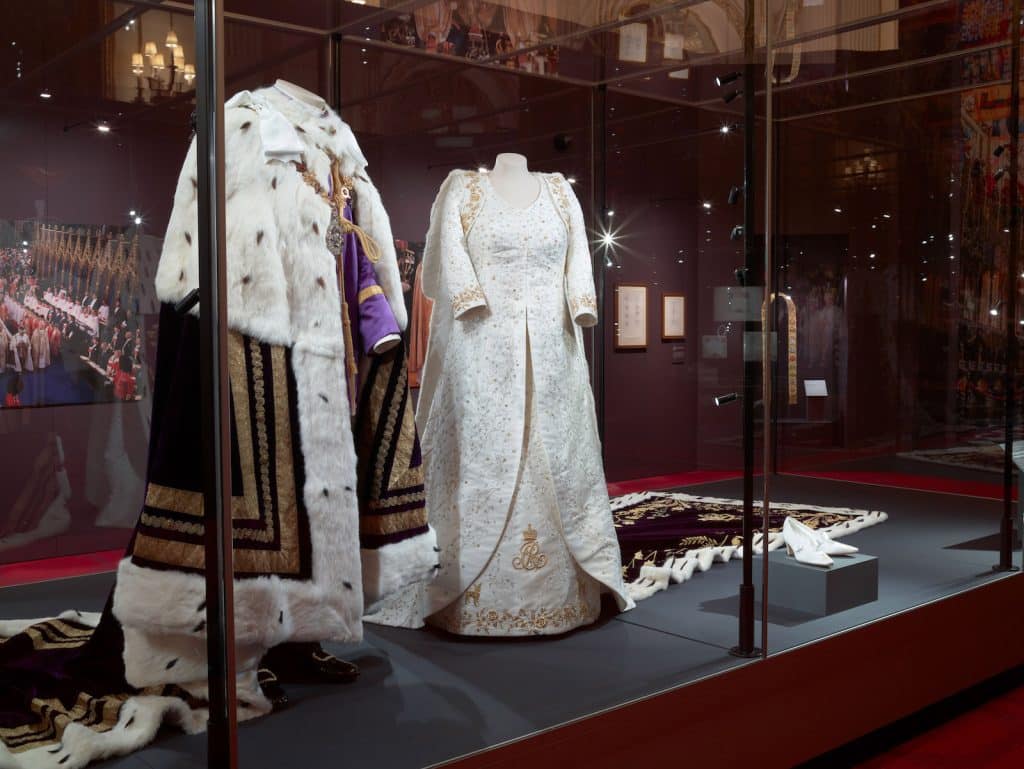The Ashmolean Museum’s latest exhibition Americas Cool Modernism: O’Keeffe to Hopper serves to remind us that most histories of modern art in the USA seem to skip through the period after the Great War in Europe. It is easy to do, after all the huge burst in European art movements that occurred in the early part of the 20th Century had by then subsided. The war had split groups and killed artists with those surviving largely shocked and confused with the new world order, unsure of new directions.
In Europe, expressionism and surrealism became prominent but there has always seemed that there was less to grab the attention over the pond. In the USA the effect of the war was less profound but still notable. It began with the Roaring Twenties and the Jazz Age, to be quickly followed by the Depression in late twenties and thirties. We think of progress in technology, film and design, perhaps ‘art deco’, but what of art?
It is a welcome event therefore to see America’s Cool Modernism. This is an exhibition that looks more closely at this period with for example early works by Georgia O’Keeffe, photographs by Alfred Stieglitz, Paul Strand and Edward Weston and cityscapes by Edward Hopper.
There are plenty of works that have never travelled to the UK and there is the opportunity to learn of pioneers of modern American art whose work is less well-known in the UK, particularly Charles Demuth and Charles Sheeler.
It is often an anxious look at the period made with a cool detachment and emotional restraint. It is a world where people are largely missing from observations of eerie and empty places. But is it loss of hope or inspiring of redemption?
Of course we have Edward Hopper. His Manhattan Bridge Loop (1928) has a gloomy atmosphere with a tiny, solitary pedestrian whose walking pace is at odds with the bridge’s traffic. The African American Jacob Lawrence shows the harsh experience of marginalised groups seeking a better life.
Similarly bleak is the art of George Ault. In New York Night No 2 (1921) we see a cold and inhuman Manhattan in a dreary fog.
But not all the art is angst ridden. There was an alternative and altogether more optimistic viewpoint. Demuth’s I Saw the Figure 5 in Gold (1928), was dedicated to the poet William Carlos Williams, and in more particularly to his poem The Great Figure: Among the rain, and lights, I saw the figure 5, in gold, on a red, firetruck … It consists of a giant, stylized ‘5’ painted in bold colours, evoking new styles of advertising and a remarkable anticipation of Pop Art.
Another stunning evocation of Pop is found in Stuart Davis’s painting Odol. This is Warhol’s Brillo and Campbell’s soup cans but painted nearly forty years earlier. Davis incorporated imagery from logos, commercial signage, and modern packaging. This is a sleek, streamlined ode to a bottle of mouthwash (he also painted Lucky Strike, a visual riff on a pack of cigarettes). His work is usually presented as simply visual ’synthetic cubism’ inspired by earlier modernist masters. We would give him more credit and suggest it is a far more knowing representation of – let’s just call it – ‘early pop’ culture.
There was great progress over this period in design, architecture and building techniques and the grand structures of this machine made world feature prominently. Skyscrapers and bridges are studies in geometry and cities sharp and modern. Louis Lozowick’s prints capture the energy with soaring buildings while Ralston Crawford and Sheeler depict the factories of industrial America as glorious new cathedrals.
Georgia O’Keeffe looks over rooftops and chimneys in East River from the Shelton Hotel. It is the epic and almost abstract American landscape, but instead of out in the desert she is in the heart of the city. With Black Abstraction (1919) she is even more abstract.
This is a distinctly American modernism when artists were trying to create a distinct visual language rooted in American landscape and tradition. We see here a cool restrained and pared-back aesthetic featuring smooth surfaces, pure lines and a lack of figures. The Ashmolean Museum allows us to see the birth of a new distinctly American style in this tremendous exhibition.
America’s Cool Modernism: O’Keeffe to Hopper is at the Ashmolean Museum, Oxford until 22 July 2018
For more information visit Ashmolean Museum
For our curated recommendations for Art, Culture, Design and Architecture books visit the CELLOPHANELAND* bookstore




